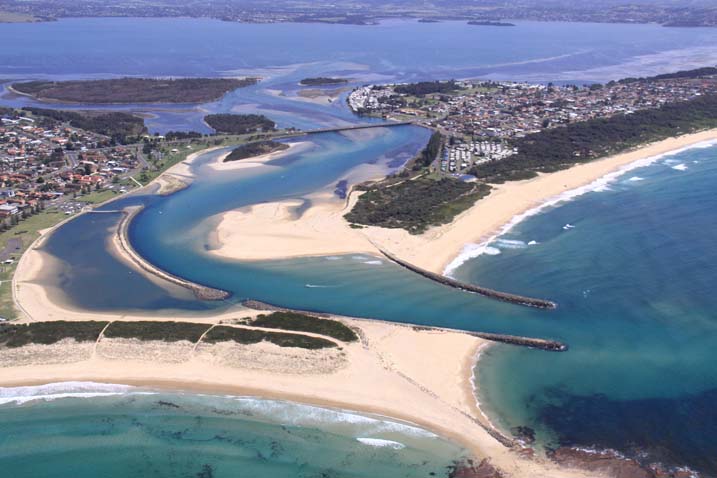Estuaries are coastal water bodies where freshwater runoff from the land meets the saltwater of the sea. These dynamic systems are places of transition from freshwater to saltwater environments and can be connected to the sea periodically or permanently.
The salinity of estuaries is highly variable. Salinity increases due to oceanic influence from tides and waves and is reduced or diluted by freshwater from the catchment.
There are 184 estuaries along the New South Wales coast:
- 55 in the northern region
- 40 in the central region
- 89 in the southern region.
How estuaries form
Estuaries are formed over long timescales. Estuaries can form in several ways where:
- a river, creek or stream flows and enters the ocean
- a large low-lying area collects water and forms a large lake, bay or inlet that connects to the ocean
- a small low-lying area collects water from surrounding land and forms a lagoon or small lake, which may be open or sometimes closed to the ocean.
A connected system
Estuaries are dynamic systems and are classified into different groups or types according to their catchment characteristics and connection to the sea.
The connection an estuary has to the sea is important. Estuaries that are connected to the sea will change with the rise and fall of the tide, as well as the speed of river currents and volume of inflowing water from upstream. Estuaries that are not connected to the sea vary according to river inflows and the effects of evaporation.
An estuary includes all waters potentially affected by tides, including tidal freshwater.

Lake Illawarra estuary